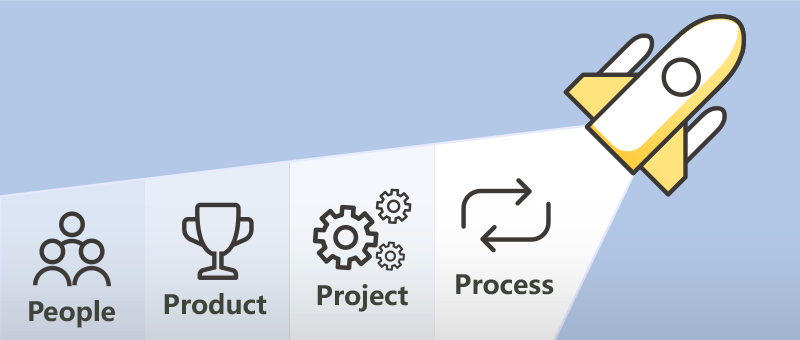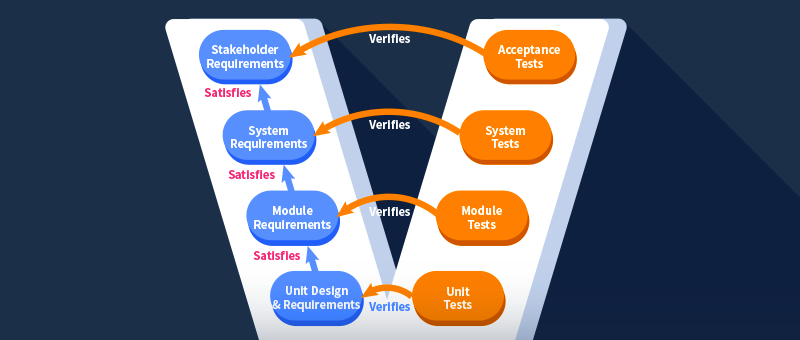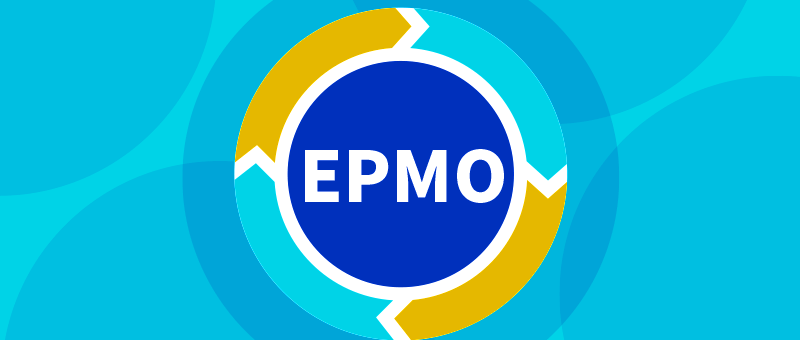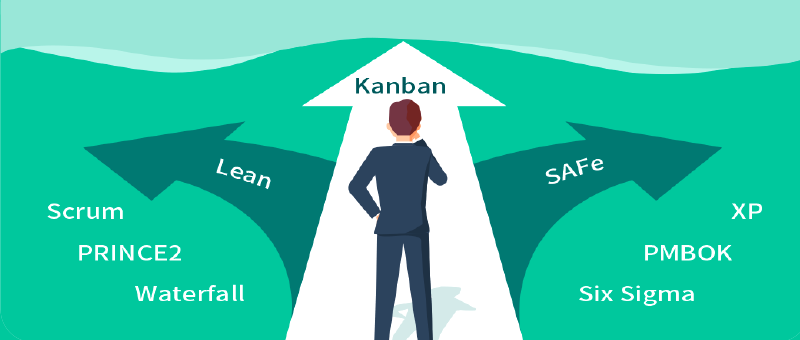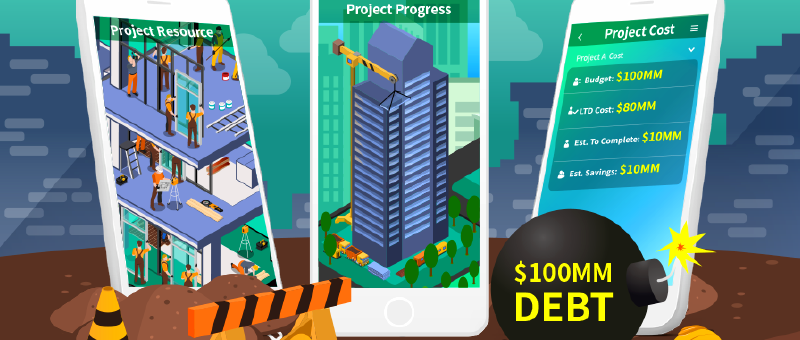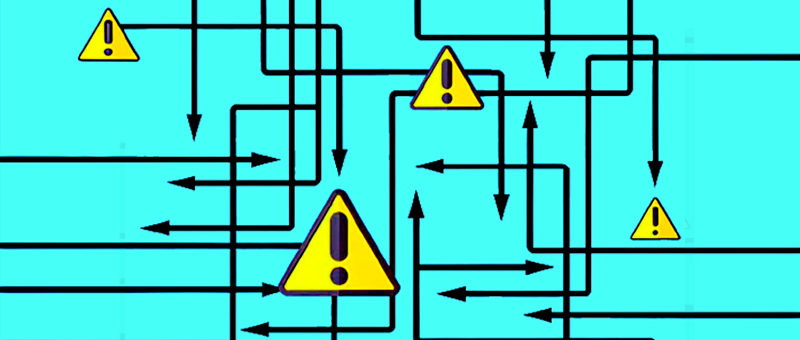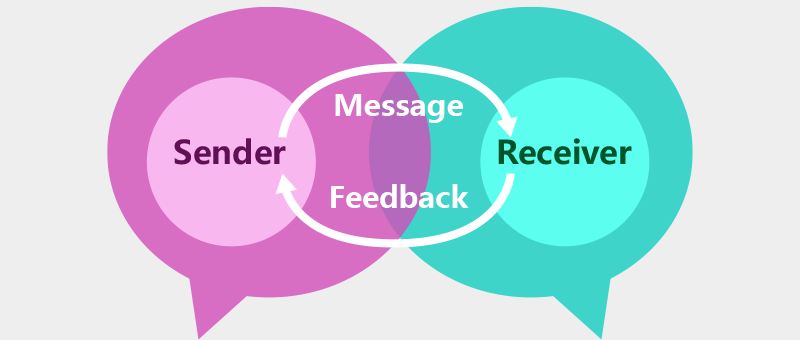Software Development Project Management

Here we list common challenges of software project management.
Ambiguous and undefined requirements
Challenge:
Defining goals is critical to the success of a project. However, project managers are sometimes unable to gather clear requirements from clients, which further complicates schedules. Expectations and goals become blurred, and outputs deviate from actual results. Your time and resources are worthless. Not only that, but it also affects your image and reputation in the market.
Project delays are one thing if goals are unclear and unrealistic. They can double your costs, fail to meet customer quality and expectations, and demotivate your entire team, and more.
Solution:
 PPM provides a workflow for the development team to communicate, collect, record and confirm requirements with the user group, and systematically prioritize each requirement and its associated development activities and test cases to complete the requirement. Defining requirements in
PPM provides a workflow for the development team to communicate, collect, record and confirm requirements with the user group, and systematically prioritize each requirement and its associated development activities and test cases to complete the requirement. Defining requirements in  PPM involves not only words and pictures, but also defining priorities, development activities and test cases to ensure that the development team and the user group have the same understanding and avoid confusion on both sides. In other words,
PPM involves not only words and pictures, but also defining priorities, development activities and test cases to ensure that the development team and the user group have the same understanding and avoid confusion on both sides. In other words,  PPM has the best requirement management practices built into the workflow, which is the most effective way to educate your team, especially when you have a large team.
PPM has the best requirement management practices built into the workflow, which is the most effective way to educate your team, especially when you have a large team.
Time Limit
Challenge:
Less time and more work are very common in the software development process. What makes this a common challenge is that clients sometimes come up with unrealistic deadlines, which results in a race against time. Therefore, it affects the quality of the software. Due to intense competition and changing technology, meeting tight deadlines has become more challenging for development teams and project managers. In addition, unrealistic deadlines create pressure and lead to more problems in the development process.
Solution:
Communicating deadlines and expectations with the user group is the best option here. Sometimes, they fail to understand the complexity of the project. Therefore, the project manager must come forward and clarify to them. Moreover, the project manager must communicate openly with the user group the schedule of development and testing activities through  PPM’s project plan, even if they challenge your schedule. It is a good thing - either they educate you or you educate them for the project to succeed.
PPM’s project plan, even if they challenge your schedule. It is a good thing - either they educate you or you educate them for the project to succeed.
Set milestones with  PPM to make it easier for teams to complete each task on time. To do this, we prioritize work that needs to be done at a particular time.
PPM to make it easier for teams to complete each task on time. To do this, we prioritize work that needs to be done at a particular time.
Skill management
Challenge:
One of the biggest challenges project managers face is finding the right team with the skills and experience needed to get the job done. If members are not skilled enough, the chances of failure will increase, putting the project manager at risk.
Solution:
Project managers use  PPM to plan resources. The system will prompt the gap in resource skills, and the project manager will strive for more suitable resources for the project. As to skills gaps that the project manager ultimately cannot fill, he/she needs to schedule training and coaching and learning curve time. The project manager should judge whether the training and coaching are sufficient, and must hire a specific person with sufficient competence.
PPM to plan resources. The system will prompt the gap in resource skills, and the project manager will strive for more suitable resources for the project. As to skills gaps that the project manager ultimately cannot fill, he/she needs to schedule training and coaching and learning curve time. The project manager should judge whether the training and coaching are sufficient, and must hire a specific person with sufficient competence.
Let everyone on the same page
Challenge:
Bringing everyone together is critical to the success of the project. However, doing so is challenging for project managers because everyone has different backgrounds and different skill sets. It is project managers’ responsibility to find ways to keep them on the same track.
If everyone has the same goals and is on the same page, things will go well.
Solution:
With  PPM, everyone knows their roles and responsibilities.
PPM, everyone knows their roles and responsibilities.  PPM is real-time, so everyone sees the same version, can understand the latest status of the project, and always has a unified opinion.
PPM is real-time, so everyone sees the same version, can understand the latest status of the project, and always has a unified opinion.  PPM is a transactional system that can automatically calculate the project progress. Whenever a team member submits deliverables and the deliverables are approved, he/she will see in real time how his/her contribution helped the project progress. Teams are motivated to see the positive impact of their efforts on the project.
PPM is a transactional system that can automatically calculate the project progress. Whenever a team member submits deliverables and the deliverables are approved, he/she will see in real time how his/her contribution helped the project progress. Teams are motivated to see the positive impact of their efforts on the project.
Quality Management
Challenge:
Satisfying quality is another challenge faced by project managers. Errors and mistakes are part of the development process. It is almost impossible to develop software without bugs or quality issues. Obtaining high-quality software requires various iterative tests.
Solution:
Effective software quality management must start at the very beginning of the project, and cannot be overwhelmed afterwards. Many software system quality requirements need to be specified in the requirements including System Uptime, Processing Power (Handling Capacity), Bounded Response Time, Recovery Point Objective, Recovery Time Objective, Hot Failover, and Security Level. Whether the system uptime is 99% or 99.9999% will affect the design. Using  PPM’s requirement management and test case modules, you can record and confirm quality requirements. With its quality monitoring feature, you can control effective execution.
PPM’s requirement management and test case modules, you can record and confirm quality requirements. With its quality monitoring feature, you can control effective execution.
Issue, Change and Risk Management
Challenge:
Projects sometimes don’t go as well as expected. Issues arise and you need to track and resolve them as quickly as possible. Changes in technology and markets sometimes affect projects, and you need to document changes and impacts, and handle them effectively. At other times, there may be a lack of resources, time, budget, or other risk situations, such as a city closure due to an epidemic, and different responses need to be recorded and planned in the process of risk speculation to reduce or avoid risks.
Solution:
 PPM’s Problem Management feature allows you to record and confirm problems, and then plan and assign actions to solve them. At the same time, the system will track actions and make action alerts according to personal settings.
PPM’s Problem Management feature allows you to record and confirm problems, and then plan and assign actions to solve them. At the same time, the system will track actions and make action alerts according to personal settings.
 PPM’s Change Management feature assists you in documenting changes and analyzing their impact. It allows you to communicate and confirm solutions with the user group, and make changes on the Plan & Execute page to reach consensus.
PPM’s Change Management feature assists you in documenting changes and analyzing their impact. It allows you to communicate and confirm solutions with the user group, and make changes on the Plan & Execute page to reach consensus.
 PPM’s Risk Management function helps you record, classify and rate all risk-related information, allowing you to develop countermeasures to reduce or avoid the negative impact of risks on the project in the future.
PPM’s Risk Management function helps you record, classify and rate all risk-related information, allowing you to develop countermeasures to reduce or avoid the negative impact of risks on the project in the future.


 is cool!
is cool! provides you a comprehensive
picture of recent, current, and likely future of your infrastructure and operations.
provides you a comprehensive
picture of recent, current, and likely future of your infrastructure and operations.